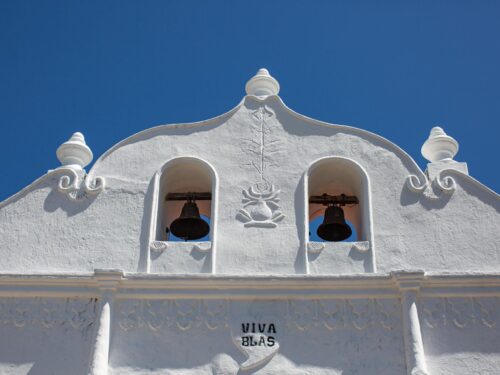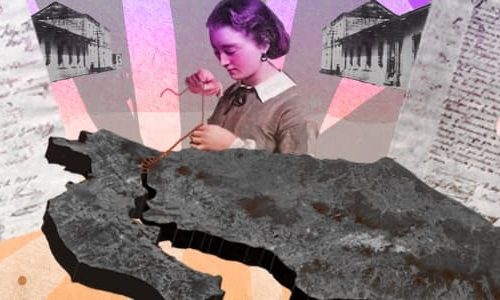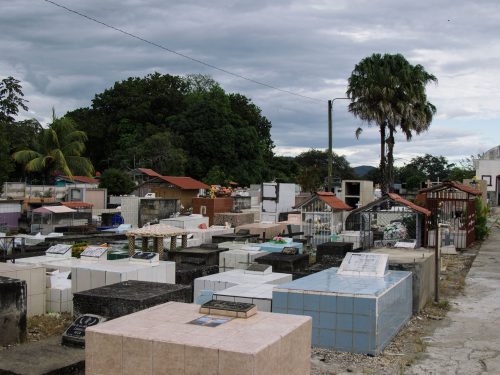
Nicoya and Cuba have much more in common than speaking Spanish. On top of being officially declared sister communities, shared blood runs through the veins of many the inhabitants of the district of Mansion. The link between these two communities is Antonio Maceo y Grajales, hero of the independence of Cuba.
To document this history, the Cuban government took the initiative of filming a documentary series for television, called “Duaba La Odisea del Honor” (Duaba the Odyssey of Honor) and sent a delegation at the beginning of April. Filming took place in the park and school in Mansion, as well as in the colonial church of Nicoya and the facilities of the National University, since the Nicoya university campus incorporated a department chair in honor of Maceo.
According to Hugo Crombet, Cuban historian, Jose Antonio de la Caridad Maceo y Grajales arrived in Costa Rica in 1891, and the Costa Rican government granted him the right to settle in the Nicoya Peninsula, along with 23 other generals. Later on, 100 Cuban families were permitted to enter and establish themselves in this area until 1895 in order to prepare to return to the island and continue with the fight for independence from the Spanish crown.
At first, this small territory was called La Flor de Cuba (the flower of Cuba) in honor of a relative of Maceo, Flor Crombet, but later the name was changed to La Mansion in reference to Antonio Maceo’s house or mansion. It was in this part of Guanacaste where Maceo prepared his exiled people to return to the revolution.
Marco Jimenez, municipal mayor, indicated that this represents great historical and cultural value for Nicoyans since it is part of their own history.
The president of the Nicoyarte Cultural Association, lawyer Marta Arabela Arauz, highlighted the diplomatic cordiality and reciprocity that has existed through the years between culturally united Costa Rica and Cuba. She related that in 2002 a sistership between Nicoya and Cuba was proposed by a Nicoyan committee, involving the foreign ministers of both countries.
Arauz commented that the government of Cuba has even awarded scholarships to dozens of Costa Ricans to study medicine in Havana. According to her, a cultural interchange has existed in which Cuban artists have visited Costa Rica.
Arauz, who is also of Cuban descent, noted that the country’s bloodlines have been preserved in Mansion, where Cuban last names are common, like Milanes, Ramos, Castrillo, Carrillo, Quesada, Batistas and Dover. According to her, one of the most noteworthy characteristics of Cubans that is preserved is the dramatic art of theater and dance, something very typical of them.
With this filming in Nicoya, the recording of the documentary was practically being wrapped up. The series will have 15 chapters, each one half an hour long, and, according to Arauz, it will premier in Cuba at the end of June and eventually we will see it on national television in Costa Rica, although the dates have not yet been specified.







Comments